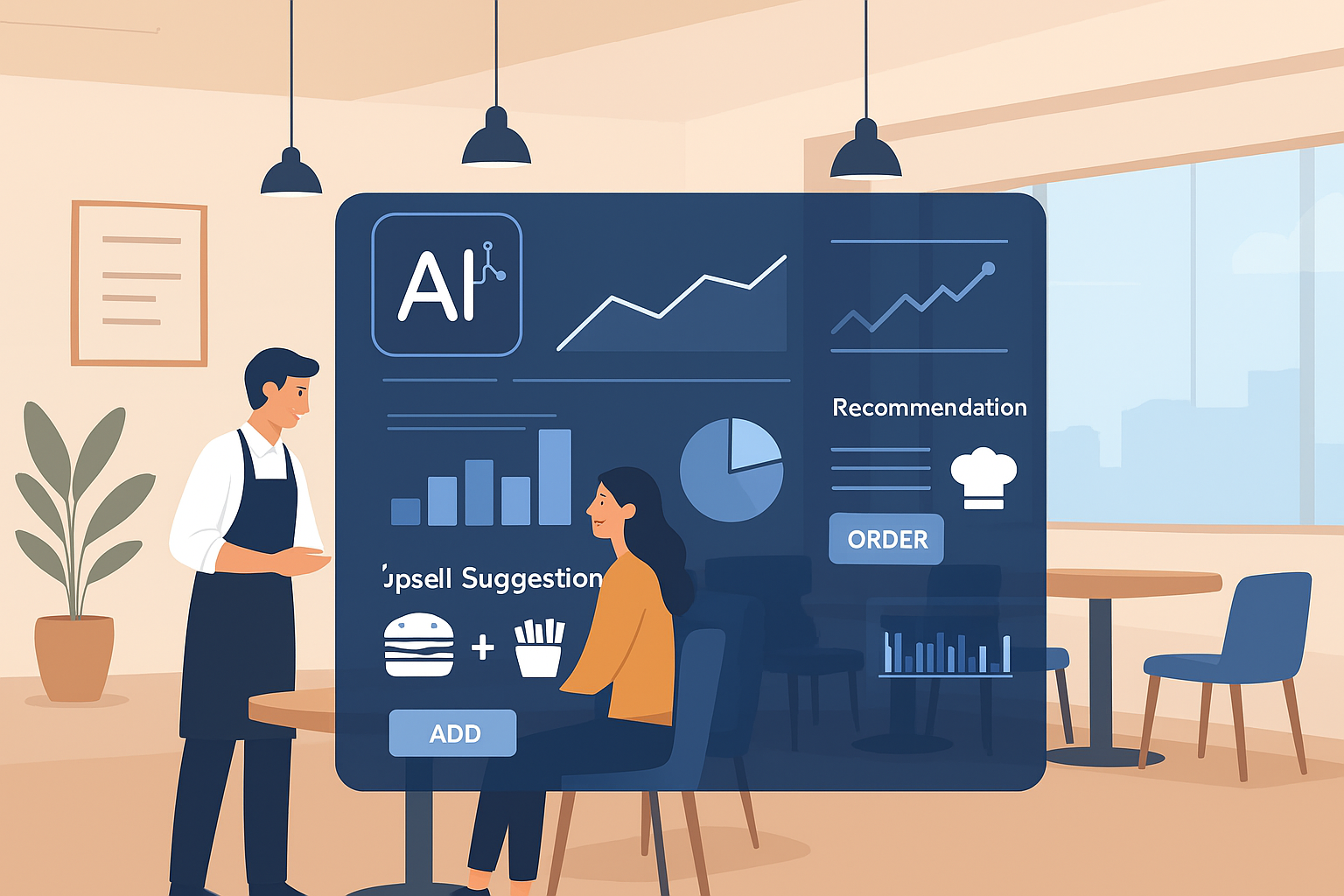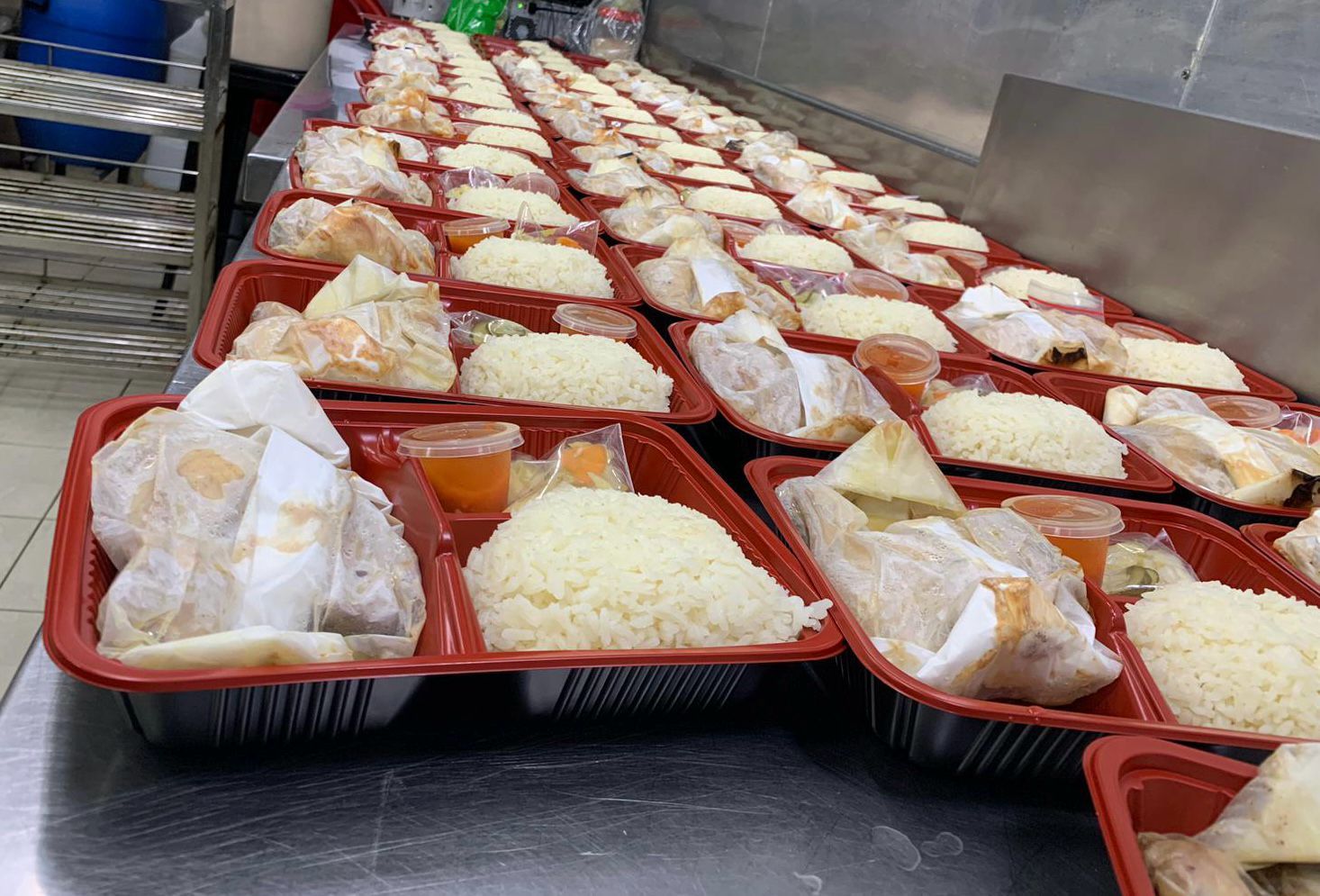How To Boost Google Reviews For Your F&B Business?
In Singapore’s competitive F&B market, having a strong presence on Google is essential for attracting new customers. Whether you run a coffee kiosk, a casual eatery, or a full-service restaurant, Google Reviews can directly influence foot traffic, trust, and even delivery platform choices.
Here are some proven strategies to help you gather more authentic Google Reviews—the right way.
1. Make It Effortless with QR Codes
Set up QR codes on tables, receipts, or takeaway packaging that link directly to your Google review page. Customers are more likely to leave a review when the process is quick and simple.
2. Ask Customers Personally
A polite reminder from your staff can go a long way. When customers compliment the food or service, gently invite them to leave a review on Google.
3. Send Post-Visit Reminders
If you collect customer details via reservations or QR ordering, send a thank-you SMS or WhatsApp message after their visit, along with your Google review link.
4. Respond to All Reviews
Engage with every review—good or bad. This shows potential customers that your business values feedback and continuous improvement.
5. Offer a Token of Appreciation
Encourage reviews by offering small incentives like discounts on the next visit or loyalty points, without demanding only positive reviews (in line with Google’s policies).
6. Highlight Reviews on Social Media
Showcase your best reviews on Instagram or Facebook to motivate others to share their experiences too.
Why Google Reviews Matter for Singapore F&B Owners
✔ Improves your ranking on Google Maps searches like “best cafe in Singapore”
✔ Builds trust among locals and tourists alike
✔ Influences decisions on delivery apps like GrabFood and Deliveroo
✔ Drives more walk-in customers from nearby areas
Final Thoughts
Growing your Google Reviews is not about shortcuts or fake posts—it’s about creating great experiences and making it easy for real customers to share them. With consistent effort, your restaurant, cafe, or food stall can build a strong online reputation that pays off in visibility and revenue.
If you are looking for a POS system, self ordering kiosk, QR ordering or a CRM solution for your F&B business, we have it all! Click here contact us and find out more
Interested in a CRM Based POS System, QR ordering or a standalone CRM membership system?
Send an Enquiry!
You might also like



